Psychoanalysis of Myth 5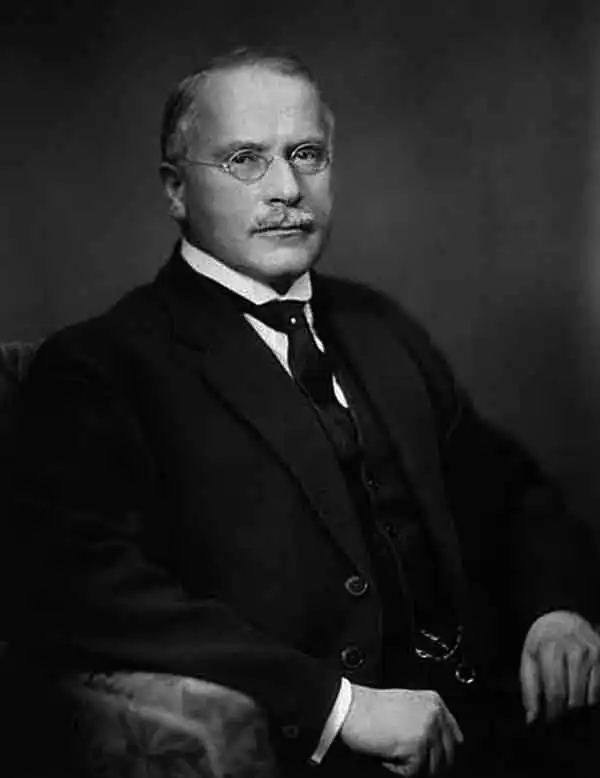
Carl G. Jung
He sent his 1906 book The Psychology of Dementia Praecox (the ailment later by Eugen Bleuler renamed schizophrenia) to Sigmund Freud, which started a collegial friendship between them. This was turned into dispute and separation, especially with Jung's 1912 publication Neue Bahnen der Psychologie, questioning Freud's focus on sexual trauma and the Oedipus complex. Jung's first mention of the term archetype was in the 1919 text Instinct and the Unconscious. In 1921 he published Psychological Types, and in 1941 together with Karl Kerényi Essays on a Science of Mythology. He died in 1961. Jung's writing on myth is not to be found concentrated to one or a few books on this subject, as is the case with Freud, but quite sprayed all over his works. There is rarely a text of his that does not touch on the subject, and just as rarely one devoted exclusively to it. So, Jung's theories on myth come to us in bits and pieces, spread over all his writing. The job of systematizing has mainly been left in the hands of his pupils and followers. Among them, though, it is almost equally difficult to find one with the intention to bring together and present Jung's theories on myth in any authoritative and organized fashion. So, his gospel is an elusive one, presenting few straightforward answers, which rhymes quite well with his world view.
InfluenceJung's ideas on myth and religion have made far more of an impact than those of Freud — among scholars, as well as to an even larger extent on the general public. Where Freud remains little more than a joke in the field of history of religion and the study of myth, Jung has made a lasting impression through most of the 20th century, to seemingly fade only in the last decade or so.Apart from his own widely read writing, which deals considerably with myths, mythology and many elements of religion, he has greatly influenced a number of significant scholars and writers on these themes. The most important of them are Mircea Eliade (1907-86) and Joseph Campbell (1904-76). The former has written many books on myths and how they should be interpreted, and he also formed the minds of numerous students as head of the University of Chicago History of Religion department for almost 30 years. The latter's books have become bestsellers and made deep impressions on the general public, as to how myth should be regarded. He was also the central participant in a 1987 TV series about mythology, which received a huge audience in many countries. In addition, there is also the continued work of Jungian theorists and psychologists, more often than not involving their perspective on myth in their writing on the mind of man and the inner workings of society. Notable Jungian theorists dealing extensively with myth are Erich Neumann (1905-1960), Marie-Louise von Franz (1915-1998), and James Hillman (1926-). By the sheer mass of it, Jungian literature on myth has set a standard and its theories have become a paradigm of sorts, as to how myths should be interpreted. In addition, Jungian perspectives have influenced how first source material is recorded and presented. During the second half of the 20th century, some myths and lore were documented through Jungian viewpoint, whether or not that was adequate for the material. Future analysis of such records will need to filter off the Jungian tendencies, if they want to apply other theses to them, much like the Christian viewpoint needs to be washed off myths collected by missionaries in the 19th century. It may prove to be quite a challenge.
Opposing Freud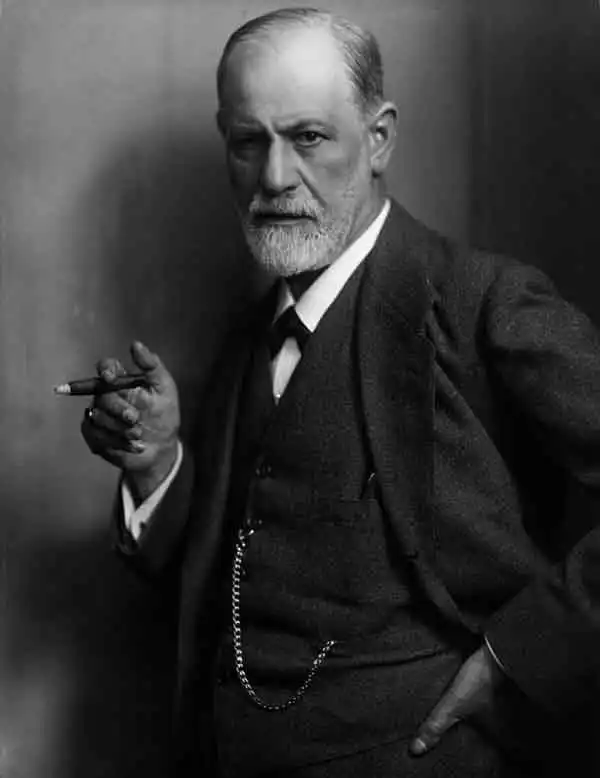 Where Freud was mainly interested in the origin of religion and explanations to ritual, Jung focused on myth and legend, the stories told within religions. To him, these stories were the essence of any religion, and therefore he was more keen to explore the origin of myths, than of religion as a whole.
Where Freud was mainly interested in the origin of religion and explanations to ritual, Jung focused on myth and legend, the stories told within religions. To him, these stories were the essence of any religion, and therefore he was more keen to explore the origin of myths, than of religion as a whole.Also contrary to Freud, Jung saw myth and its meaning within the individual psyche. In spite of myths and their components being shared by all members of a society — and essentially by all mankind — their workings are strictly personal. According to Jung, man is on a quest towards self-realization, and myths serve as clues to this process. Although every person has this quest, fulfilling it in various degrees, it is a solo venture, each man for himself. This difference between Freud and Jung can be compared to the generalizations of hinayana and mahayana in Buddhism. The former is to find one's way to spiritual perfection in solitude, the latter as a joint effort together with people of the same conviction. Freud saw the individual as deeply dependent on society and anxious to conform to it, while Jung saw society as little more than a number of individuals of similar nature. Therefore, to Jung the myths contain messages to the individuals, not the group, no matter how many people are involved in retelling and listening to them. Myths speak to each individual in the same way, but have to be dealt with individually. Jung himself pointed out other differences to Freud, mainly those in how to interpret dreams and fantasies:
Myth as self-realizationTo Jung, myths emerged from the unconscious and contained archaic truth about existence: "Myths are first and foremost psychic phenomena that reveal the nature of the soul."
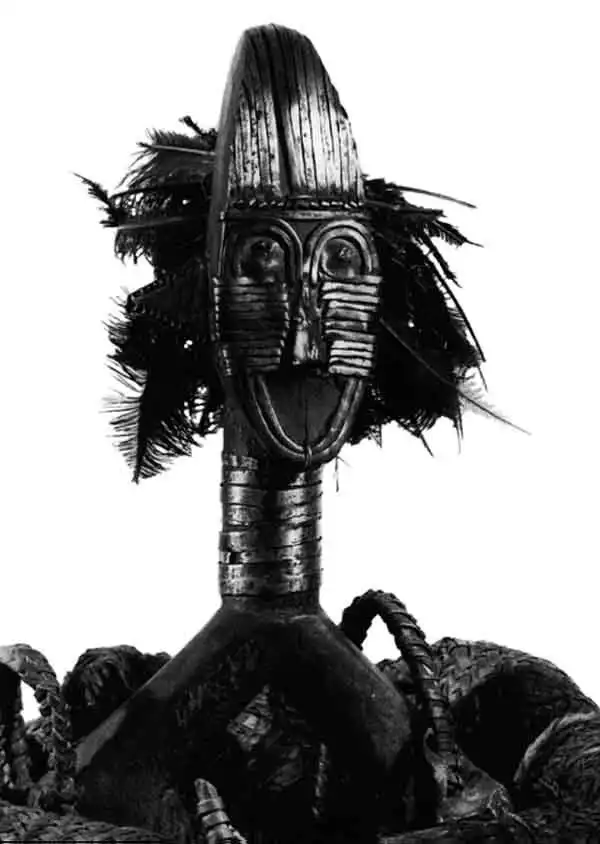 Ancestor figure, from Bakota, Gabon.
This self-realization Jung calls the individuation process. It mainly consists of joining the unconscious with the conscious, by having the knowledge of the former rise to the latter. When man is completely aware of his subconscious and what is stored therein, he has reached self-realization and truly knows himself.
NEXTJung's Archetypes
Psychoanalysis of Myth
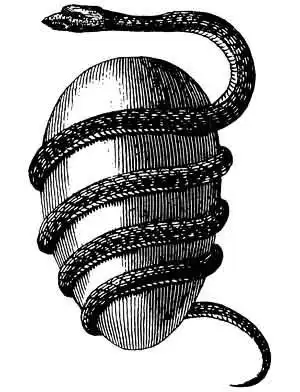
MYTH
IntroductionCreation Myths: Emergence and MeaningsPsychoanalysis of Myth: Freud and JungJungian Theories on Myth and ReligionArchetypes of Mythology - the bookPsychoanalysis of Mythology - the bookIdeas and LearningCosmos of the AncientsLife Energy EncyclopediaOn my Creation Myths website:
Creation Myths Around the WorldThe Logics of MythTheories through History about Myth and FableGenesis 1: The First Creation of the BibleEnuma Elish, Babylonian CreationThe Paradox of Creation: Rig Veda 10:129Xingu CreationArchetypes in MythAbout CookiesMy Other WebsitesCREATION MYTHSMyths in general and myths of creation in particular.
TAOISMThe wisdom of Taoism and the Tao Te Ching, its ancient source.
LIFE ENERGYAn encyclopedia of life energy concepts around the world.
QI ENERGY EXERCISESQi (also spelled chi or ki) explained, with exercises to increase it.
I CHINGThe ancient Chinese system of divination and free online reading.
TAROTTarot card meanings in divination and a free online spread.
ASTROLOGYThe complete horoscope chart and how to read it.
MY AMAZON PAGE
MY YOUTUBE AIKIDO
MY YOUTUBE ART
MY FACEBOOK
MY INSTAGRAM
MY TWITTER
STENUDD PĹ SVENSKA
|
 Archetypes of Mythology
Archetypes of Mythology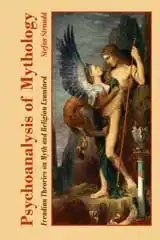 Psychoanalysis of Mythology
Psychoanalysis of Mythology